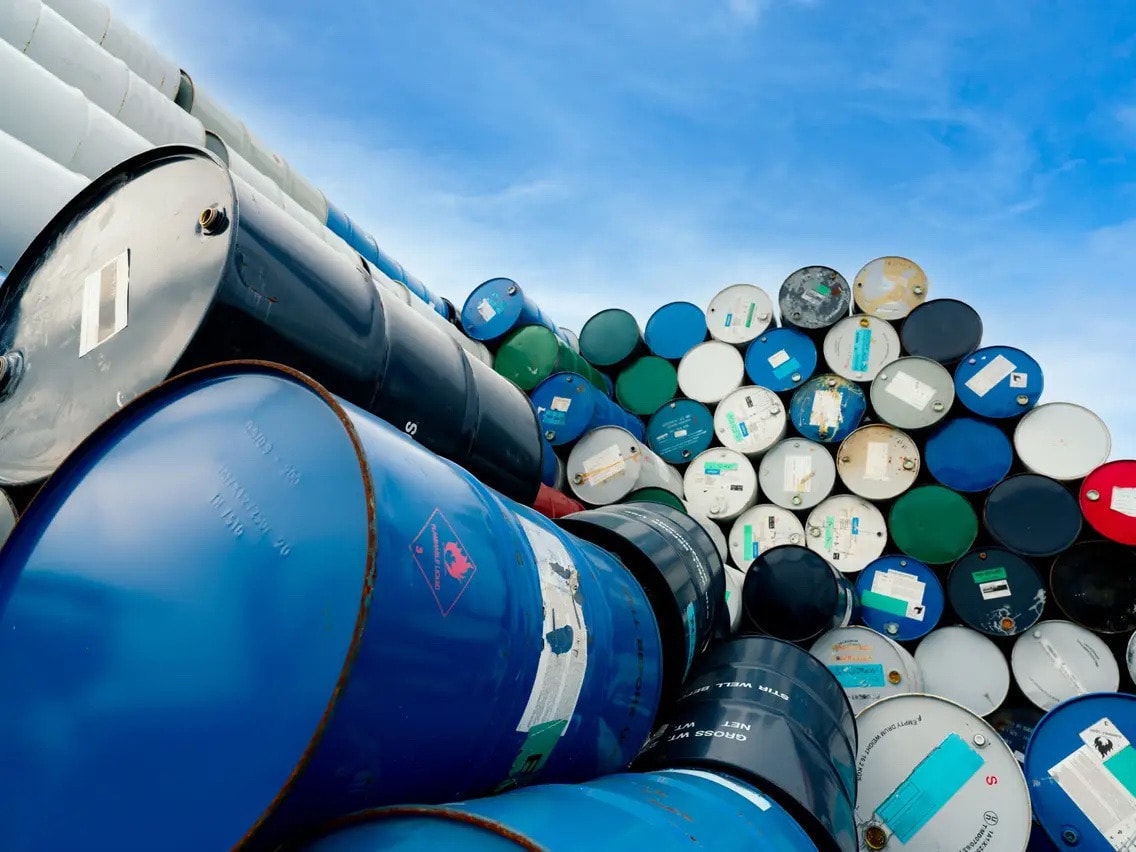World oil prices remain high due to conflict and reduced US production
Recorded at 4:30 a.m. on July 10 (Vietnam time) on the Oilprice website, Brent oil price reached 69.95 USD/barrel, down slightly by 0.29%; WTI oil decreased by 0.37%, to 68.11 USD/barrel. Despite the slight adjustment, oil price still maintained the highest level since June 23.

The main reason is the tense maritime security situation in the Red Sea after attacks on cargo ships by Houthi forces, which killed at least four people and raised concerns about risks to global energy supplies.
In addition, a new report from the US Energy Information Administration (EIA) said that US crude oil production in 2025 is expected to be lower than expected, due to the recent sharp decline in oil prices, causing companies to limit expansion of exploitation. This information has helped oil prices maintain stability despite concerns about new tariff policies from the Trump administration.
OPEC+ and supply expectations: Production increases but demand remains high
OPEC+ is now gradually lifting voluntary production cuts from eight member countries. The 548,000 bpd increase for August has been approved, and production is expected to increase further in September. However, experts say the market is still absorbing the additional oil well.
“Oil prices remain stable despite OPEC+ production increases, indicating strong market demand,” said Suvro Sarkar, an expert at DBS Bank. This view was supported by UAE Energy Minister Suhail al-Mazrouei, who said that the additional oil pumped into the market did not cause hoarding, demonstrating strong demand.

New US tariffs pose risks, but summer demand supports prices
President Donald Trump has just announced a 50% tariff on copper, a strategic metal used in many industries. Although the deadline for some items to be taxed has been extended to August 1, the market is still unclear about the next direction, making investors more cautious.
However, the strong increase in fuel demand in the US during the July 4 holiday has supported oil prices, partly offsetting tax concerns. At the same time, US crude oil inventories are estimated to have increased by 7.1 million barrels - a factor that could affect price trends in the next few sessions.
Domestic gasoline prices remain stable after two sharp drops
From 3:00 p.m. on July 3, domestic gasoline prices were adjusted down by the Ministry of Industry and Trade and the Ministry of Finance. Specifically, RON 95-III gasoline decreased by VND1,210 to VND19,900/liter; E5 RON 92 gasoline decreased by VND1,090 to VND19,440/liter. Diesel oil decreased by VND940, currently at VND18,400/liter. Kerosene and fuel oil decreased to VND18,130 and VND15,800/liter, respectively.
This is the second consecutive reduction, bringing domestic gasoline prices to their lowest level in four years, equivalent to mid-2021. Since the beginning of 2025, RON 95 gasoline has experienced 15 price increases and 13 price decreases. Diesel has increased 14 times, decreased 13 times and remained unchanged once.
Notably, the joint ministries continued not to set aside or use the Price Stabilization Fund during this management period. The main factors affecting the world market include: OPEC+'s increased production, the Russia-Ukraine conflict, Iran's suspension of cooperation with the IAEA, and fluctuations in US crude oil inventories.

Summary
World oil prices remained high on July 10 due to geopolitical concerns and declining US oil production, despite the impact of the new tariff policy. Domestically, gasoline prices remained low after two consecutive declines, helping to stabilize production costs and curb inflation in the first half of the year. In the short term, the global oil market is forecast to continue to fluctuate according to developments from OPEC+, the US and tensions on key shipping routes.
Source: https://baodanang.vn/gia-xang-dau-ngay-10-7-my-du-bao-giam-san-luong-gia-dau-van-cao-3265381.html



































































![[Photo] National Assembly Chairman Tran Thanh Man receives Chairman of Morocco-Vietnam Friendship Association](https://vphoto.vietnam.vn/thumb/402x226/vietnam/resource/IMAGE/2025/7/26/b5fb486562044db9a5e95efb6dc6a263)



































Comment (0)